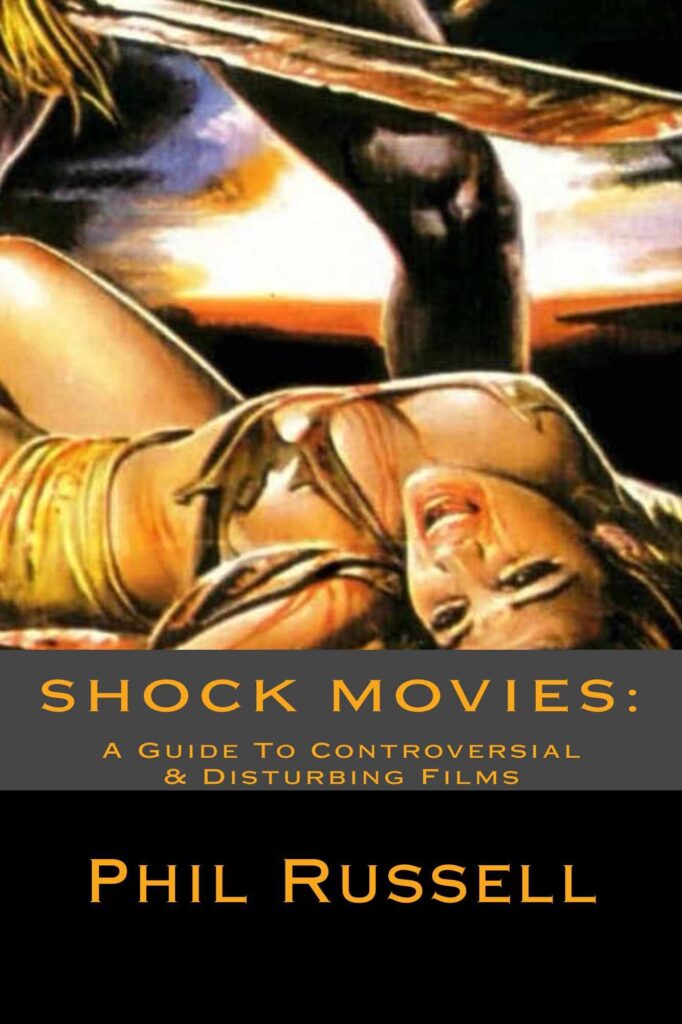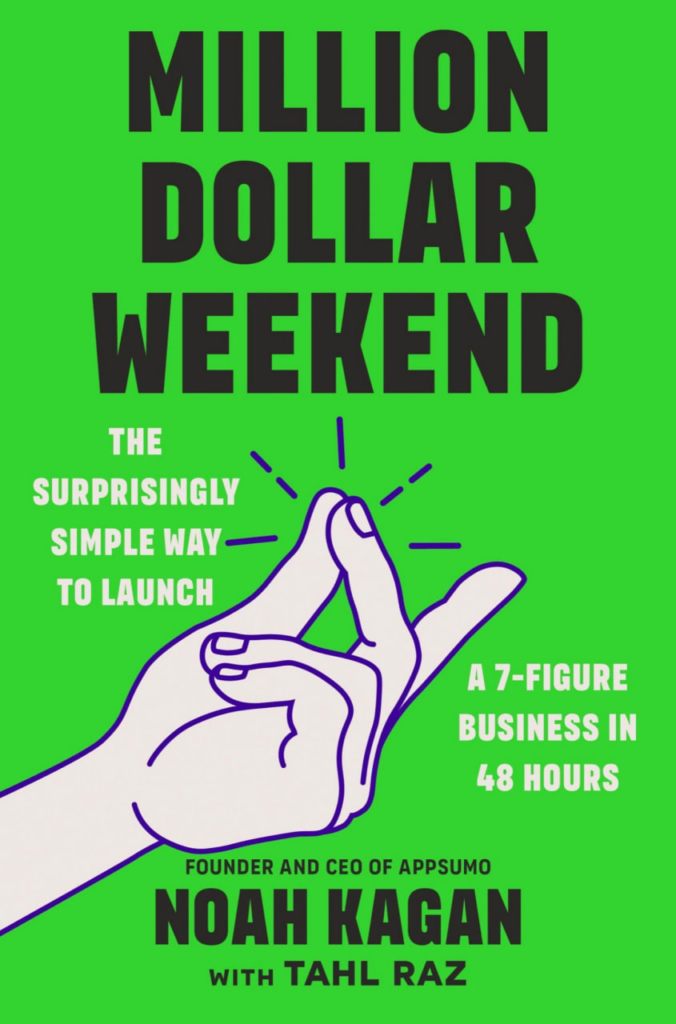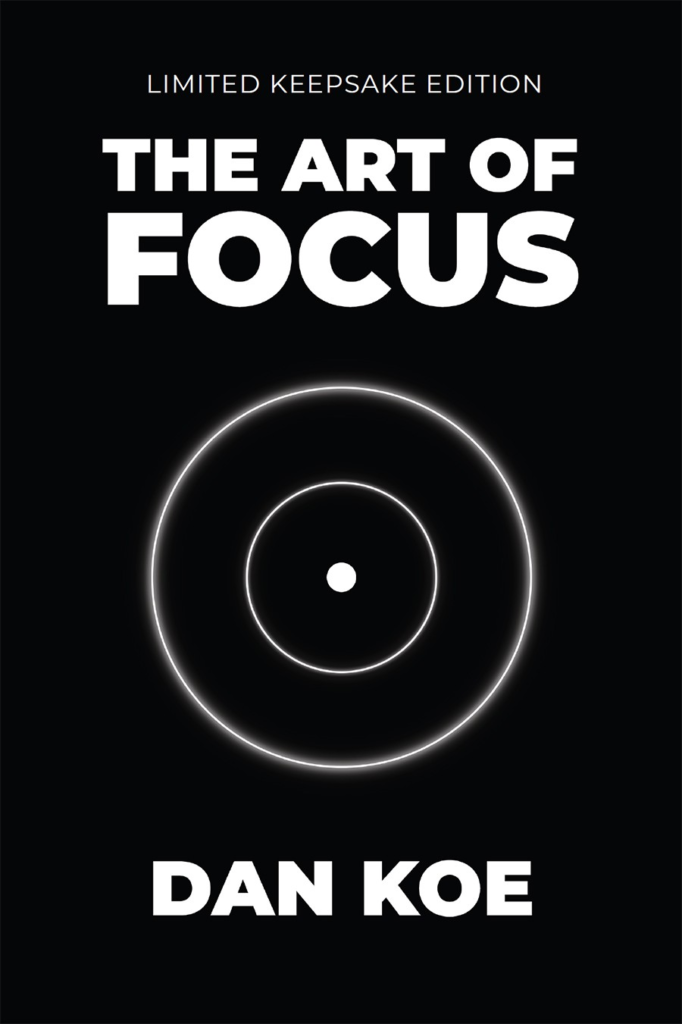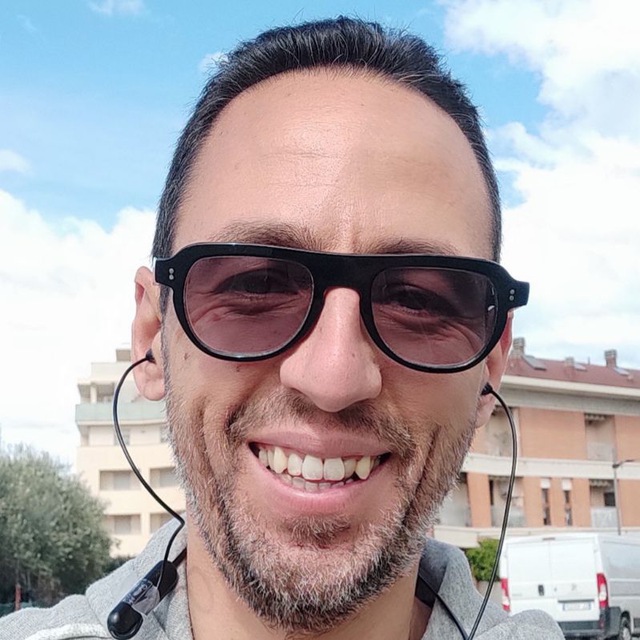Non ho resistito fino a domani. Voglio condividere anche questo. Materiale molto, molto ghiotto.
Film da vedere, noti e meno noti
Il mio cinema propone un film di Truffaut la prossima settimana. Vado a tracciarlo su Letterboxd e scopro una lista – visti 286 su 1000 – e soprattutto un sito da far girare la testa. Se non sai cosa guardare, questo sito è pieno di spunti, anzi, molto di più. I migliori film dei migliori registi. Da scoprire. Un esempio: Godard.
Da un’altra lista creata su Letterboxd scovo altre 101 gemme nascoste, di cui non ne ho visto una! Una è un corto di oltre 100 anni fa sulla zanzara:
Il loop in realtà è partito, come spesso succede, da un libro dei miei, Spinegrinder, apparso per una ricerca per The Killer Condom, dopo aver cercato prima il nome dell’autore del fumetto dallo stesso nome, Ralph Konig, dopo aver finito di leggere Maybe, Maybe Again.

Nella stessa ricerca trovo un altro riferimento in un altro libro:

In questo libro mi cade l’occhio su un film, Bad Boy Bubby, che sta nella lista delle 101 gemme nascoste e il cerchio si chiude.
Newsletter, libri, attenzione e fare sintesi
Scopro dalla newsletter di Readwise l’uscita di un libro in testa alla classifica del tema imprenditoria e non per niente, visto il titolo allettante.

A questo Amazon associa un altro libro, che ho subito scaricato visto il tema dell’attenzione: The art of focus.

Il libro usa in copertina una immagine che si chiama Foci e che ha diverse interpretazioni, date dall’autore. Una mi piace particolarmente:
YOU, THE KNOWN & THE UNKNOWN
The second interpretation is to encourage you to push beyond your limits. To educate yourself, use what you know, and push into the unknown; the land of infinite potential.The symbol can help you avoid getting trapped in the known. If you stay there for too long, you don’t need to wonder why life is boring, monotonous, and lacks purpose.
The art of focus
Il sito dell’autore, Dan Koe, è interessante, anche se molto marchettaro. Scopro un software per prendere note e per gestire un personal management system, in fase di sviluppo: Kortex.
Dalla stessa newsletter trovo una newsletter di Dan Shipper, a cui un tempo ero abbonato, con considerazioni sulla evoluzione della knowledge economy, su cui devo riflettere.
Last week I wrote about how ChatGPT changed my conception of intelligence and the way I see the world. I’ve started to see ChatGPT as a summarizer of human knowledge, and once I made that connection, I started to see summarizing everywhere: in the code I write (summaries of what’s on StackOverflow), and the emails I send (summaries of meetings I had), and the articles I write (summaries of books I read). Summarizing used to be a skill I needed to have, and a valuable one at that. But before it had been mostly invisible, bundled into an amorphous set of tasks that I’d called “intelligence”—things that only I and other humans could do. But now that I can use ChatGPT for summarizing, I’ve carved that task out of my skill set and handed it over to AI. Now, my intelligence has learned to be the thing that directs or edits summarizing, rather than doing the summarizing myself.
Fare sintesi era una competenza preziosa. Oggi può essere demandata alla macchina con sempre più precisione, azzerando il vantaggio competitivo del saper fare sintesi.
Ti ci vorrà un po’ per esplorare tutti i link che ti ho segnalato. Mi fermo qui. Tempo per un po’ di esercizio fisico.

Lascia un commento